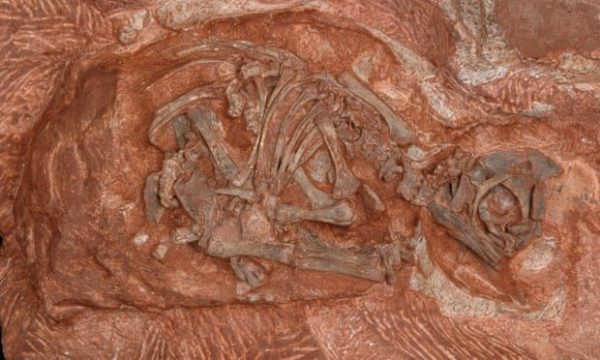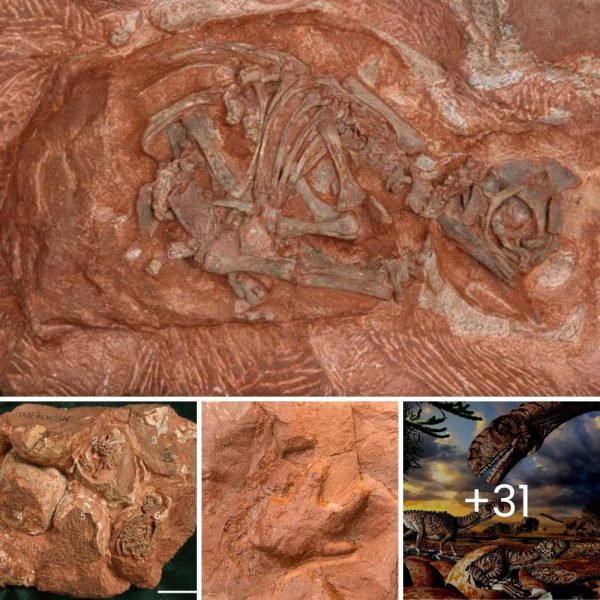The recent research, published in the journal Scientific Reports, details the use of high-resolution CT scans to digitally reconstruct the tiny skulls of dinosaur embryos from a clutch of seven eggs discovered in South Africa in 1976.

The embryos belong to the Massospondylus carinatus species, ancestors of sauropod dinosaurs like Diplodocus.
Traditional methods of assessing the maturity of dinosaur embryos faced challenges due to difficulties in evaluating features like the level of contact between different parts of the skeleton. The new approach, using CT scans, enables researchers to examine the degree of bone formation and explore hidden parts of the specimens.
The study reveals embryo remains in three of the eggs, with the 2cm-long skulls displaying two sets of teeth.
One set resembled serrated adult teeth, while the other set consisted of simple, conical-shaped teeth—an unprecedented discovery. Researchers suggest that these dinosaurs likely lost or reabsorbed these teeth before developing the ones they would hatch with.
To understand the relative timing of bone tissue formation in dinosaur embryos, researchers compared their findings with previously collected data from living animals, including the African spurred tortoise, chicken, and Nile crocodile. The results indicated similar sequences of bone tissue formation in their skulls.
Dr. Kimi Chapelle, co-author of the research from the University of Witwatersrand in South Africa, noted that despite different incubation times among animals, the relative timing of bone tissue formation in skulls was consistent.

This led the researchers to apply the method to dinosaurs, allowing them to estimate the developmental stage of embryos, regardless of their incubation period.
Contrary to earlier beliefs that the dinosaur embryos were close to hatching at the time of discovery, the study, along with tooth findings, suggests they were only 60% through their incubation period, making them among the least developed dinosaur embryos known.
Professor Michael Benton from the University of Bristol praised the study, highlighting its use of modern technology to reveal intricate details of dinosaur embryos and the development of a reliable method to age dinosaur embryos for the first time.





